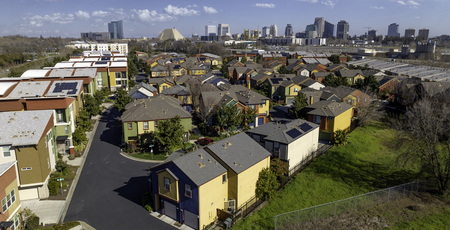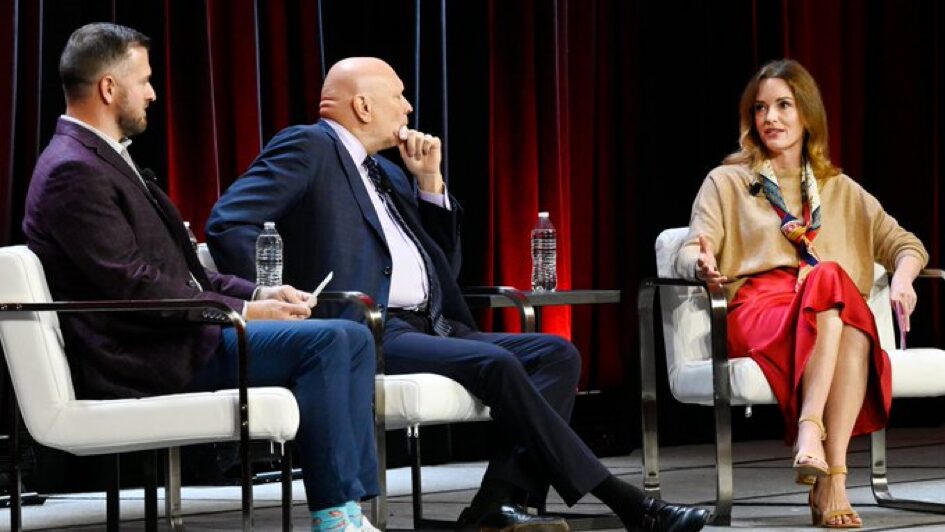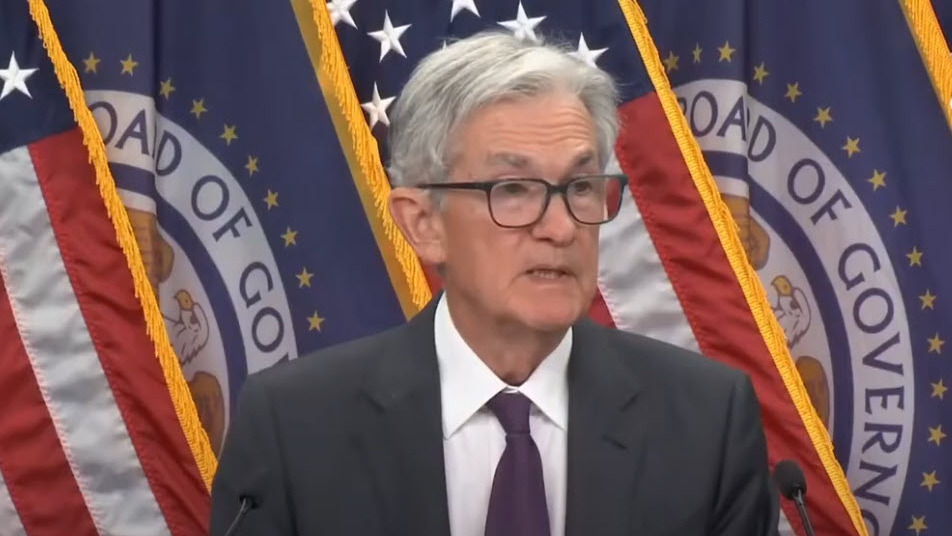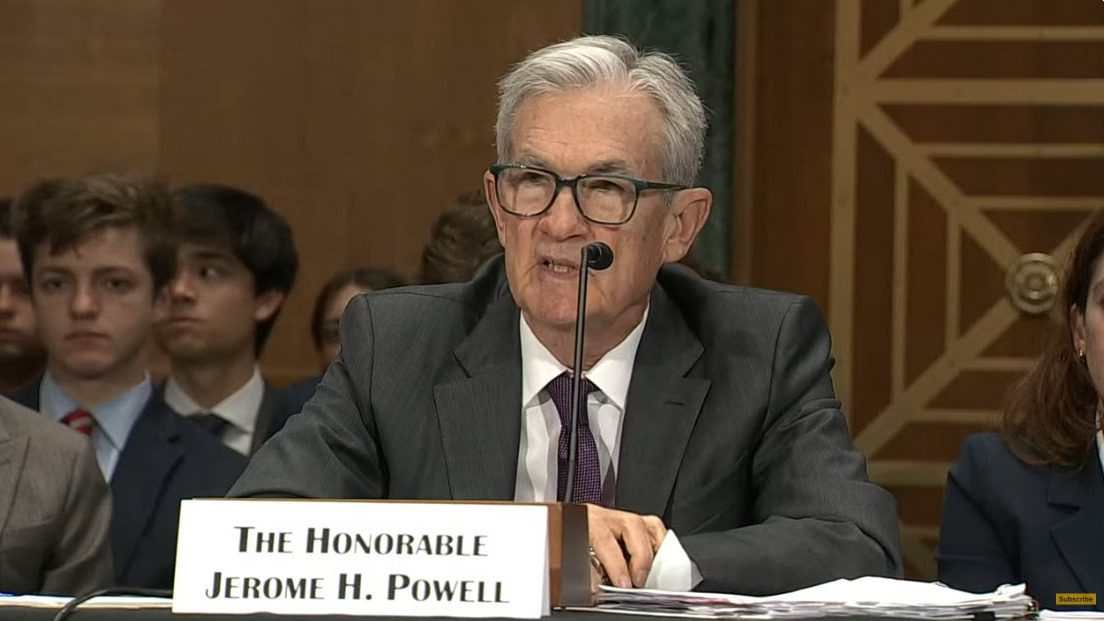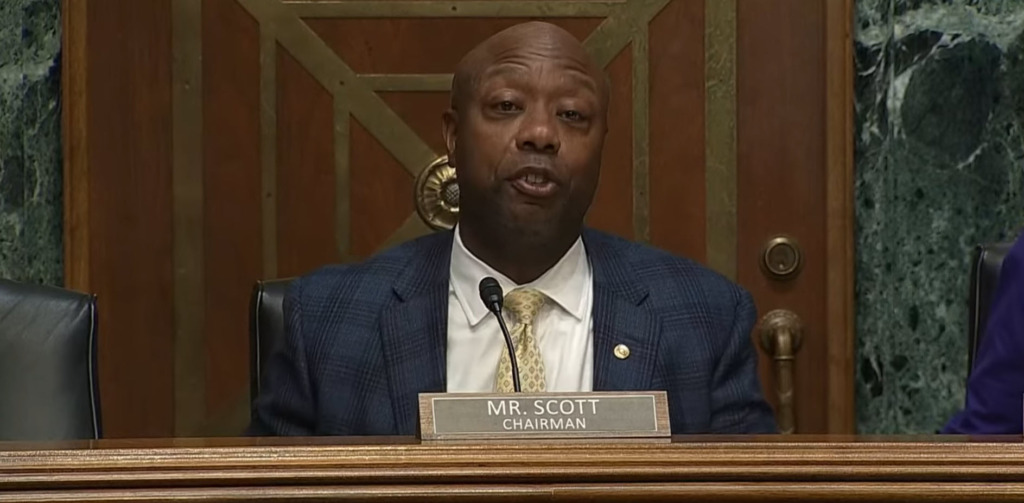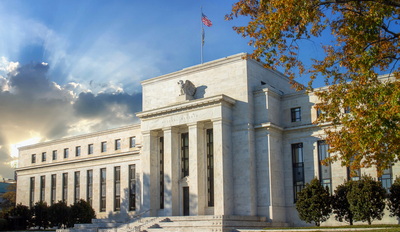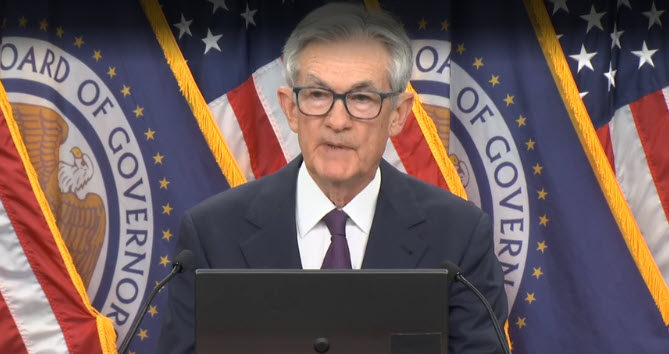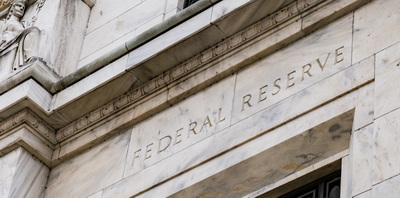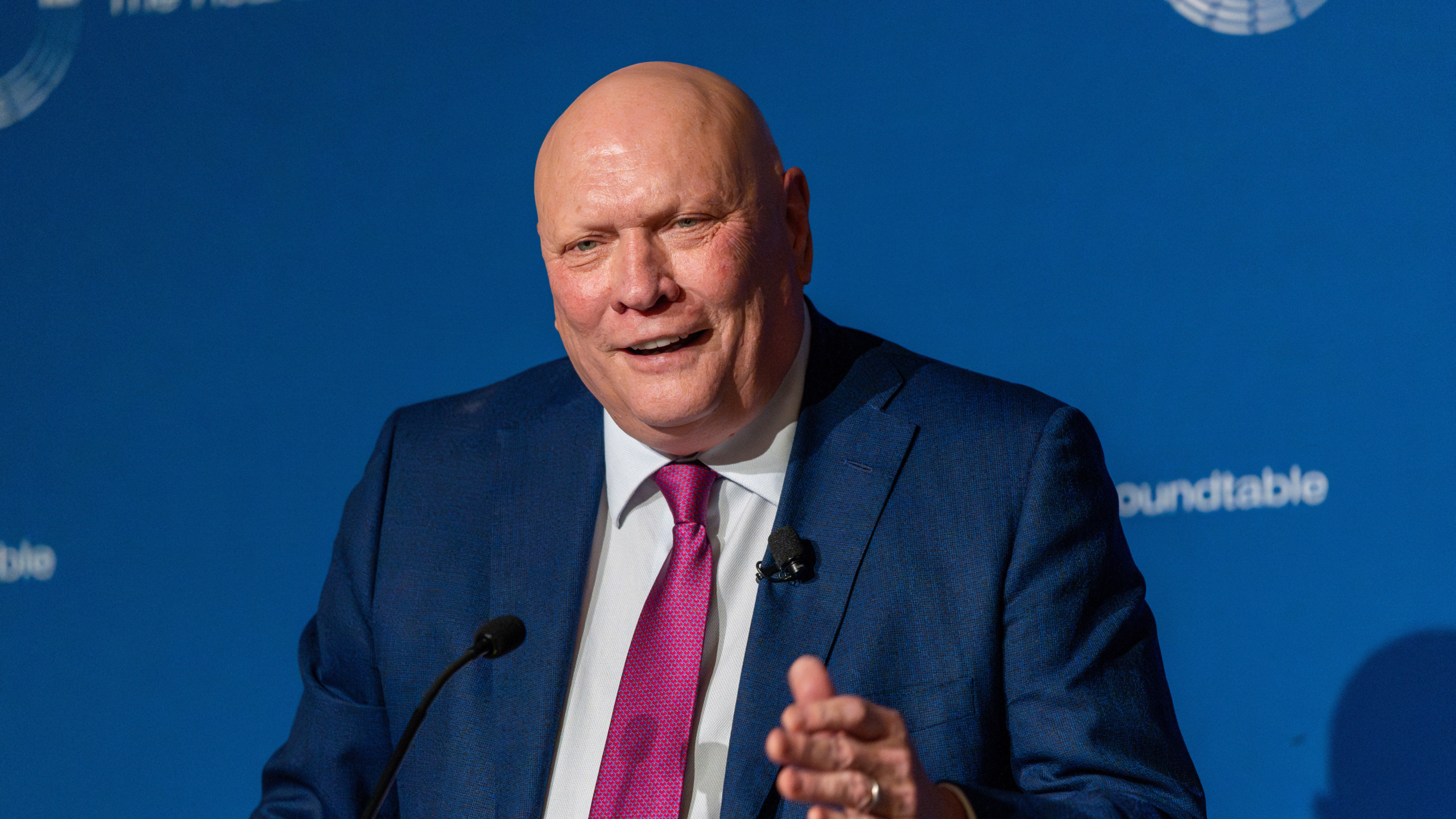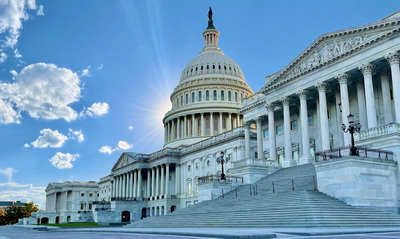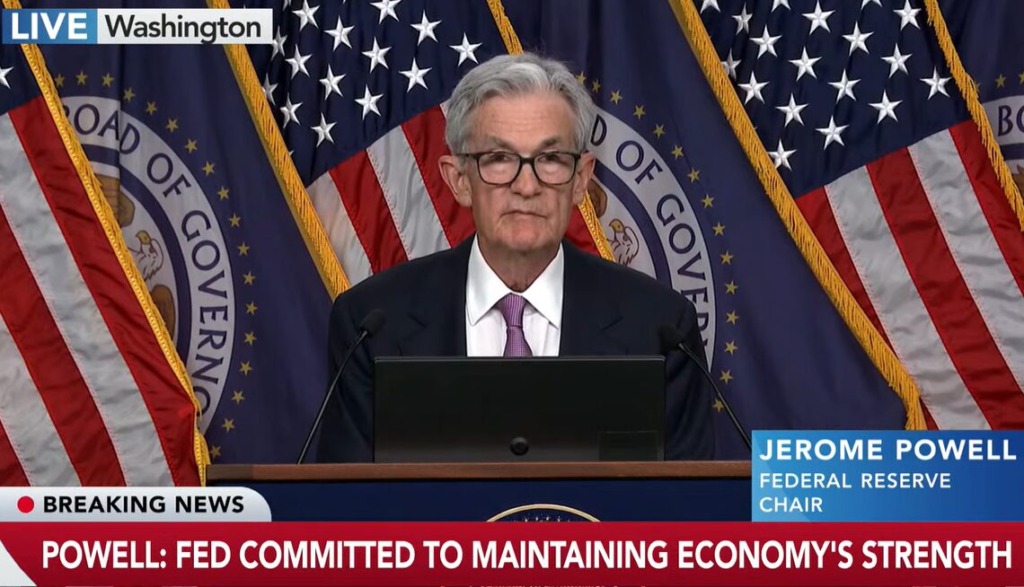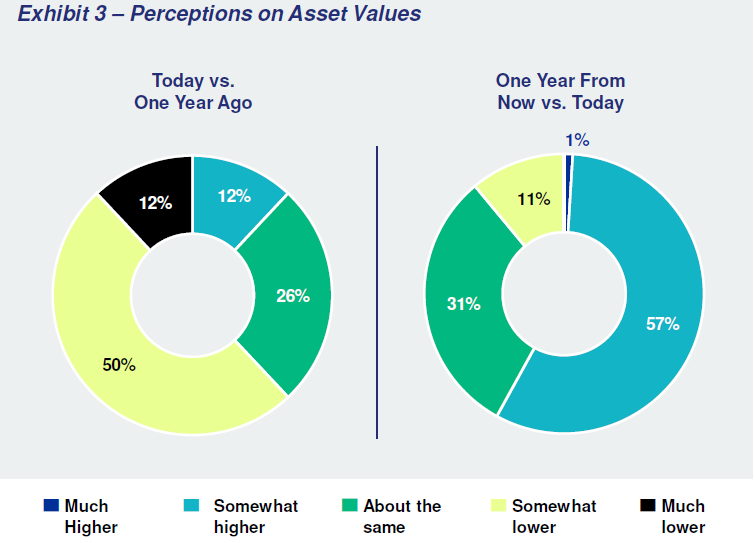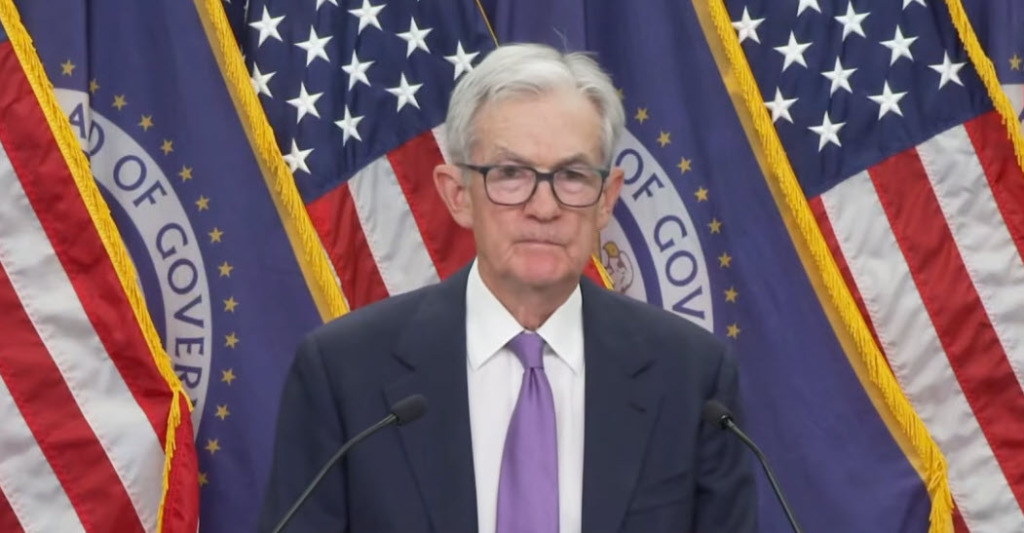
The Federal Reserve on Wednesday approved a second consecutive quarter-point rate cut, lowering the federal funds rate to 3.75-4 percent. Chair Jerome Powell cautioned that another reduction in December is uncertain, suggesting the pace of easing could soon slow.
Fed’s Decision
- The 10-2 vote saw Governor Stephen Miran favor a deeper half-point cut, while Kansas City Fed President Jeffrey Schmid opposed any reduction. (CNBC, Oct. 29)
- Policymakers cited rising downside risks to employment amid persistent inflation near 3 percent.
- Chair Powell noted “strongly differing views” on whether further easing is warranted, signaling a potential pause in December. “A further reduction in the policy rate at the December meeting is not a foregone conclusion. Far from it,” he said. (Watch Press Conference)
- The chair also acknowledged the limited availability of economic data as the ongoing government shutdown has suspended federal data collection and reports.
Housing and CRE Outlook
- At this week’s Fall Roundtable Meeting, House Financial Services Chair Rep. French Hill (R-AR) noted that persistent inflation continues to weigh on markets, though gradual rate cuts are beginning to ease conditions for housing and credit.
- Continued monetary easing and the Fed’s balance sheet pivot may still bring modest relief to mortgage costs heading into 2026. (HousingWire, Oct. 29)
- Economists note that improved credit conditions could stimulate purchase demand and support CRE transaction activity, though affordability challenges persist.
RER Advocacy
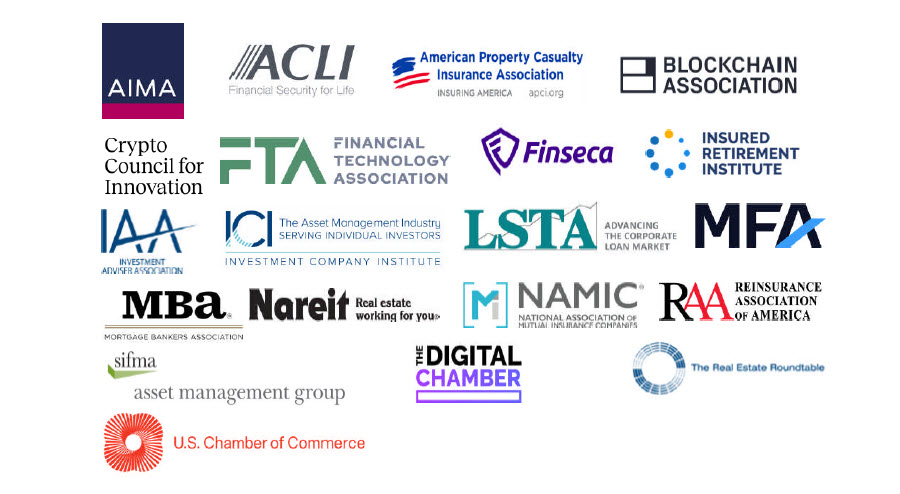
- RER and coalition partners submitted a comment letter to the U.S. House of Representatives this week in support of H.R. 3682, the Financial Stability Oversight Council (FSOC) Improvement Act of 2025. (Letter, Oct. 28)
- The bill, approved 47-4 by the House Financial Services Committee in Sept, would require FSOC to consult with a company and its primary regulator before designating a nonbank as a Systemically Important Financial Institution (SIFI), which would be subject to heightened prudential regulation and supervision by the Federal Reserve Board. (House Financial Services Committee Vote No. FC-198, Sept. 16)
- The letter emphasized the importance of an activities-based approach to systemic risk, transparent cost-benefit analysis, and clear procedural guardrails to ensure predictability in financial oversight.
- This follows a similar letter RER signed in July supporting efforts to restore due-process standards and coordination between FSOC and primary regulators. The letter urged FSOC to rescind its 2023 interpretive guidance and reinstate the Council’s 2019 framework for designating nonbank financial companies. (Letter, July 14)
Basel III Endgame
- The Fed is circulating a revised Basel III Endgame proposal that would increase capital charges for large banks by 3-7 percent instead of the originally proposed 19 percent. (Bloomberg, Oct. 22)
- RER strongly opposed the Fed’s original proposal, pointing out the significant economic costs it would incur without clear benefits to the economy, recommending that it be withdrawn and only reissued after further study. (Roundtable Weekly, June 27)
RER will continue to track developments on monetary policies and support measures that preserve liquidity and lending capacity as rate relief remains gradual.

